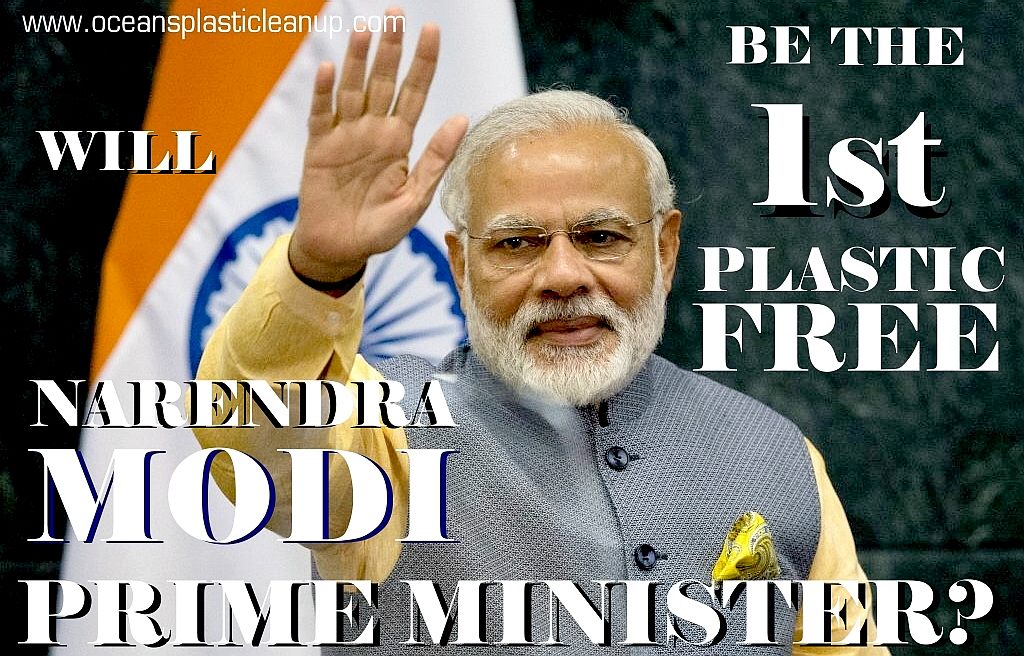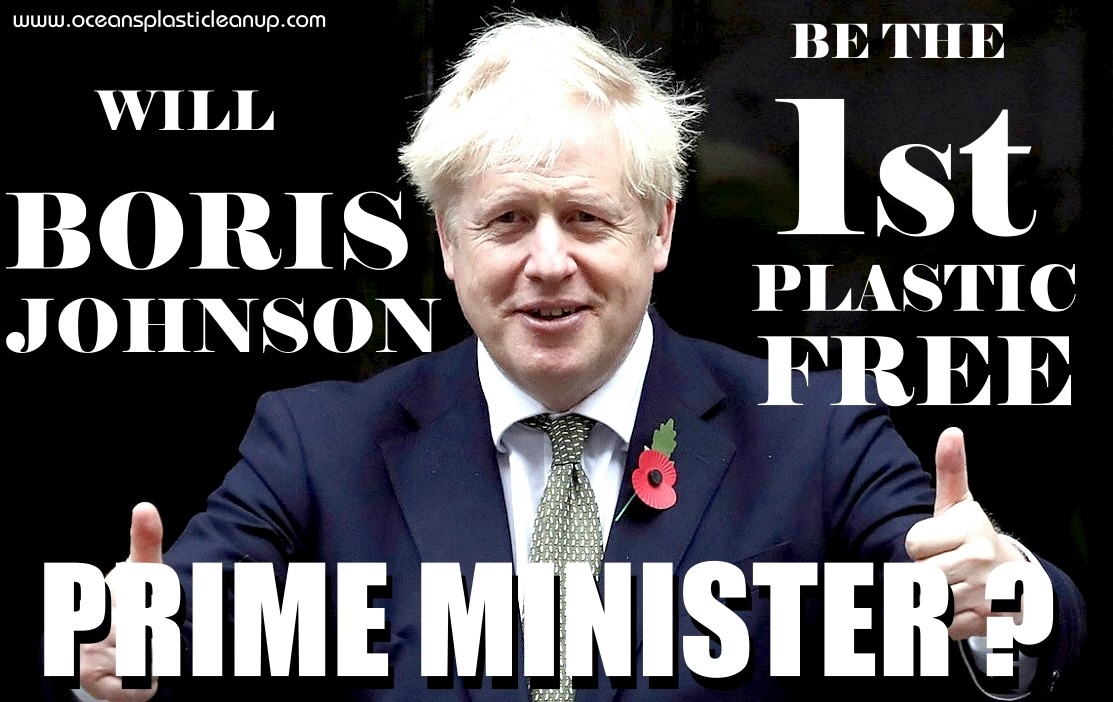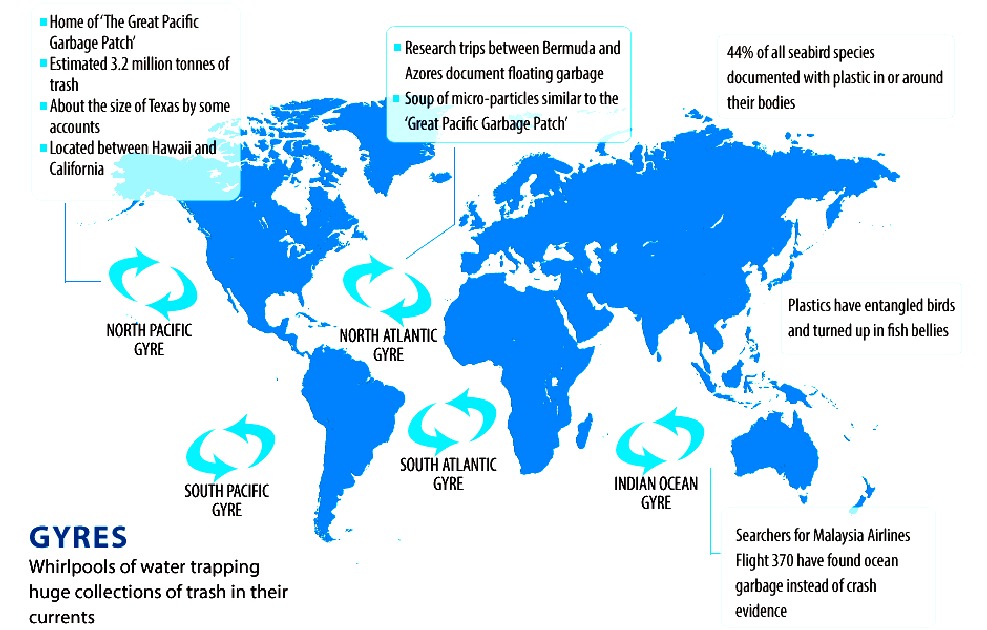|
YOSHIHIDE
SUGA -
1st
PLASTIC FREE PM
Please
use our A-Z INDEX
to navigate this site, where page links may lead to other sites

HIGH
HOPES FOR JAPAN - There
are many reasons for reducing reliance on plastics. In the end
we hope that a sustainable economics argument may hold sway
over short term convenience. We're voting for Yoshihde Suga# We'd urge
you, the voters to share your thoughts with the PM @ 12 March
2021.
Japan
is one of the first Asian nations seriously looking to deal with plastic pollution, but without any real legal or
enforceable bite, or indeed, any tangible solution at time of
publication. Thus the
problem persists unabated with no real solution in sight, from
short-sighted policies and policy makers at international
level - lacking in vision -
who simply won't apply the brakes. The lack of success in
cleaning up the world's rivers and
oceans to date speaks for
itself.
We
need more and immediate action in terms of applying the policy brakes. To
this end The Cleaner Ocean Foundation
has put together a (draft) 7
Point Plastic Plan, that they hope will be taken seriously
by the UN's members in all things sustainable, especially the World
Health Organization and Food
and Agriculture Organization. As per SDG14:
Life
Below Water. The Plan also impinges on SDG13,
where much plastic is burned to dispose of, causing huge CO2
plumes in developing countries.
Potentially
the first Plastic-Free Prime
Minister, Yoshihide Suga, could help make a
big difference in supporting proposals like this at UN level,
and, for example, cleaning up some of the dirtiest
rivers and bays in the world such as the Shinano, Yodo
and Arakawa.
The
Bay of Osaka is littered with plastic. Like the Thames in the UK,
it reveals the state of play in Japan, alongside other potholed
policies.
This is our 7
Point Ocean Plastic Plan:
ARTICLES
1. Supermarket packaging transformation (back) to paper predominantly
2. Glass bottles,
metal cans, waxed cartons over plastic, unless genuinely biodegradable
3. Monitoring rivers and strict enforcement against
micro-fiber spillages from treatment plants
4. Trackers for fishing nets and strict enforcement for
dumping, unless accidents reported
5. Recycling of plastic to
95% with controlled incineration of non-reusable elements
6. Filtration on domestic machines to remove microfibers from clothing
7. Introduction of plastic credit (incentives) trading scheme to drive
the clean up
DIRTY
BIRTIE - Japan has
one of the filthiest and most disgusting bays in the world. So far the Prime Minister of
Japan has not been able to deal with it. But we live in high hopes
that his administration, and his policy advisers, to see the
light. Though, cleaning up their river complex will be nothing
short of a miracle.
NATIONAL NEWS 29 JANUARY 2021
Prime Minister Yoshihide Suga outlines a green and digital future for Japan
Japanese leader reveals plans for the environment, digitalisation, free trade and the Olympics
The Japanese Prime Minister hailed his country’s world-leading green drive to boost economy during his speech at the WEF Summit on Friday.
Yoshihide Suga began his address by explaining his country’s response to the coronavirus pandemic, as well as his plans for the environment, digitalisation, free trade and the Olympics.
The prime minister acknowledged that the coronavirus crisis was affecting the health and lives of Japanese people, as well as business and the economy.
He said: “I am resolved that I am going to find an answer to the difficult challenges and lead the world by growing the Japanese economy.”
Mr Suga vowed to do the “utmost for the closure of this pandemic. I'm determined to ride over this difficulty, no one's health is left behind.”
“We want to get the infection (rate) and Covid-19 pandemic under control as quickly as possible to enable people to regain a safe lifestyle,” Mr Suga said.
He highlighted how Japan had bolstered vaccine supply for developing nations by pledging more than $130 million.
Mr Suga then outlined plans to build a new engine for the growth that would propel the Japanese and global economy – a green and digital country.
“My administration declared last year that we go carbon neutral by 2050,” Mr Suga said. He expects this green revolution to create jobs for 15 million people.
“We will be moving forward with decisive enhancements of renewable energy, such as hydrogen and ocean windfarm, and regarding electric vehicles we plan that by 2035 all new vehicle sales will be 100 per cent electric,” he said.
Referring to the World Trade Organisation, Mr Suga said: “While we continue to proactively work on WTO reform, we will show our leadership in realising what we call free flow of data with trust through the e-commerce negotiation at WTO.”
Of his country's relations with the Indo-Pacific nations, he said: “Japan will collaborate with like-minded countries and strategically promote our efforts to make free and open Indo-Pacific concept a reality.”
The prime minister stressed the importance of multilateralism and said that Japan will “work together with the international community to live up to the challenge of global issues in order to realise a united world”.
By Soraya Ebrahimi
   


 OCEAN
HEALTH - We have high hopes
that the most powerful world leaders will be pushing to secure fish health as part of
their food
security plans. This of course means ridding us of the plastic
menace with a Plan that is technically
workable, enforceable and economically sound. Ladies and
gentlemen, we give you the 7Seven
Point Plastic Plan.
TOKYO LIFE 23 JULY 2020 - Japan’s Plastic Footprint Is Larger Than You May Think
Anyone who’s visited Tokyo has seen it: the feeble trash can, hardly holding up, meant to hold PET bottles but brimming with other sundry convenience-store plastics. A coffee cup perched on top in a feat of gravity. Plastic pollution, however, is far more extensive, and dangerous, than the occasional eyesore. In addition to the aggravating lack of trash cans in Japan, plastic consumption is rampant, considering the popularity of takeaway bento and vending machines (as of 2019, there were 2.84 million vending machines in Japan – one machine for every 50 people).
And with the recent takeout boom and measures to prevent the spread of Covid-19, plastic products are proliferating. This is a problem not limited to urban terrain; coffee cups littering streets and other conbini detritus are not the greatest trouble. When the waste makes its way to the ocean and joins vast amounts of marine pollution, marine ecosystems are severely endangered.
Animals are consuming plastic at astonishing levels – even humans
When you think of marine pollution, like the sweeping seaborne “garbage patches,” you might think of the trash of beach-goers and seaside towns, but waste from far inland can wind up in the ocean. In Japan, it is mandatory to separate your trash and recycle your plastics. However, trash at dumps can be strewn by animals or inclement weather, entering streams and rivers. And there is, of course, the neglected and especially volatile street litter that can be blown or flown into bodies of water. According to the Arakawa Clean Aid Survey of 2019, 83 percent of the litter in the Arakawa River, which flows from Saitama Prefecture to Tokyo Bay, consists of packaging and containers – material that is mindlessly discarded or even mindfully disposed of by individuals.
In some areas, cigarette butts and other garbage thrown into drains may combine with rainwater and flow directly into rivers. Otherwise, if the refuse is brought to a sewage treatment plant, heavy rains can likewise cause it to flow into rivers. And a great portion of this river-borne waste, from plastic containers to thread fibers, ends up in the sea, with about 80 percent of marine litter originating from land areas. The Kansai Regional Union estimates that 3 million plastic bags and 6.1 million pieces of vinyl linger in Osaka Bay.
Not only is it highly mobile, but plastic remains permanently in the environment. With degradation, larger pieces could become microplastics – which are less than 5 millimeters in diameter. Microplastics can be plastic waste that has deteriorated after spillage, pieces of sponges and tires, synthetic fibers or capsules for agricultural chemicals. Even on a microscopic scale, these materials retain the additives in the original product while infiltrating food chains, including our seafood. Microplastics have been detected in about 80 percent of the anchovies in Tokyo Bay. People consume an average of 5 grams of microplastics per week – equivalent to the weight of a credit card.
Japan’s plastic consumption is second highest in the world
Japan’s plastic footprint is larger than we might think. The amount per capita of plastic containers and packages, at over 30 kilograms a year, is only second to that of the US. Most of this packaging is one-time use, the sum of our quick lunches, grocery trips, vending-machine runs, laundry days and more.
Moreover, the country produces around 10 million tons of plastic a year (the third highest amount in the world), 78 percent of which is discarded as waste within a year. On top of the litter and unaccounted-for loose garbage, and despite a national reputation for efficiency, most properly-disposed plastic waste is treated carelessly. Since 2017, Japan has been shipping part of its plastic waste stores to Southeast Asia, from which much maritime plastic flows. Ultimately, only 18 percent of the aggregate is recycled domestically. We might feel far removed from the ground zero of our deadly high plastic consumption, the World Wildlife Fund (WWF), in conjunction with the Wild Bird Society of Japan, has developed educational materials about plastic waste, offering some simple but shocking figures about the ecological effects of our habits.
They contend that there is over 150 million tons of plastic in the world’s oceans, with 8 million tons entering waters annually. It is predicted that, if we keep with this pace, the weight of all the plastic in the ocean will exceed the weight of the fish by 2050. It is common knowledge that seabirds mistakenly consume such refuse, but some 800 species, including marine mammals and fish, are affected.
Is Japan inclined to help save our seas?
This is not to paint Japan as some standalone offender in global pollution and the peril of wildlife. On the contrary, it has shown great potential to reform its plastic habits. From July 1 of this year, the government has mandated businesses to charge customers for plastic bags. Recycling requirements and the custom of taking home your trash is a start.
At the center of the problem, however, is wastefulness; we use too much unnecessary plastic. WWF recommends the implementation – or at least discussion – of a “circular economy,” in which all raw materials are recycled. The EU is already working towards this notion of a recycling-dependent society.
This kind of change starts small. Try to pick up the trash around you; limit the amount of PET bottles you buy, or use your own grocery bag. Support sustainable businesses. The cumulative effect of these efforts could save lives – in the oceans, on the shores and among the people around you.
教材「海洋プラスチックについて考えよう」の紹介
現代社会は便利さを追求するあまり、自分たちで処理できる量を大幅に上回る量のプラスチック製品を、大量に生産・消費しています。
特に問題になっているのは、容器包装などに使われる使い捨てのプラスチック製品。
一度使われただけで、すぐに廃棄されてしまうこれらのプラスチック製品は、多くが適切に処理されないまま、ごみとなって環境中にあふれ、さまざまな経路を通じて海へと流れ込んでいます。
そこで、WWFジャパンは2020年7月、海洋プラスチックごみ削減に取り組む、全国川ごみネットワーク、(公財)日本野鳥の会、容器包装の3Rを進める全国ネットワークの3団体 と協働で、教材「海洋プラスチックについて考えよう(Vol.1)」を制作しました。
これは、この海洋プラスチック問題を多くの人に知ってもらうと共に、ご関心をお持ちの方々にも、この問題を自ら、広く伝えていただけるツールとして開発したものです。
また、不必要な消費を抑え、ものを大切に扱う「持続可能な生活」を、これから社会の中で実現していく上でも、大切な観点をメッセージとして伝えています。
海洋プラスチックごみの問題の啓発や理解を広げようという非営利の目的で活動されている方であれば、どなたでもお使いいただけます。
野外活動や市民セミナー、学校教育など、さまざまな場面でご活用ください。

WHAT
A WASTE
- Governments
are unwilling to commit resources to recover the millions of
tons of toxic plastic that is already in our oceans, even
where it threatens long term food security and biodiversity.
LINKS
& REFERENCE
https://www.thenationalnews.com/world/prime-minister-yoshihide-suga-outlines-a-green-and-digital-future-for-japan-1.1156084
https://www.tokyoweekender.com/2020/07/japans-plastic-footprint-larger-may-think/
https://www.wwf.or.jp/activities/lib/4356.html

BUILD
UP
-
Plastic has accumulated in five ocean hot spots called
gyres, see here in this world map derived from information
published by 5 Gyres. unfortunately, with projects like SeaVax
being refused funding, there is little hope that our ocean might be flushed
clean. What we might hope for is that the United Nations opts for measures to
(effectively) ban plastics for single use packaging.
This website is
provided on a free basis as a public information service. copyright ©
Cleaner
Oceans Foundation Ltd (COFL) (Company
No: 4674774) 2021. Solar
Studios, BN271RF, United Kingdom.
COFL is
a not for profit company without share capital.
|








